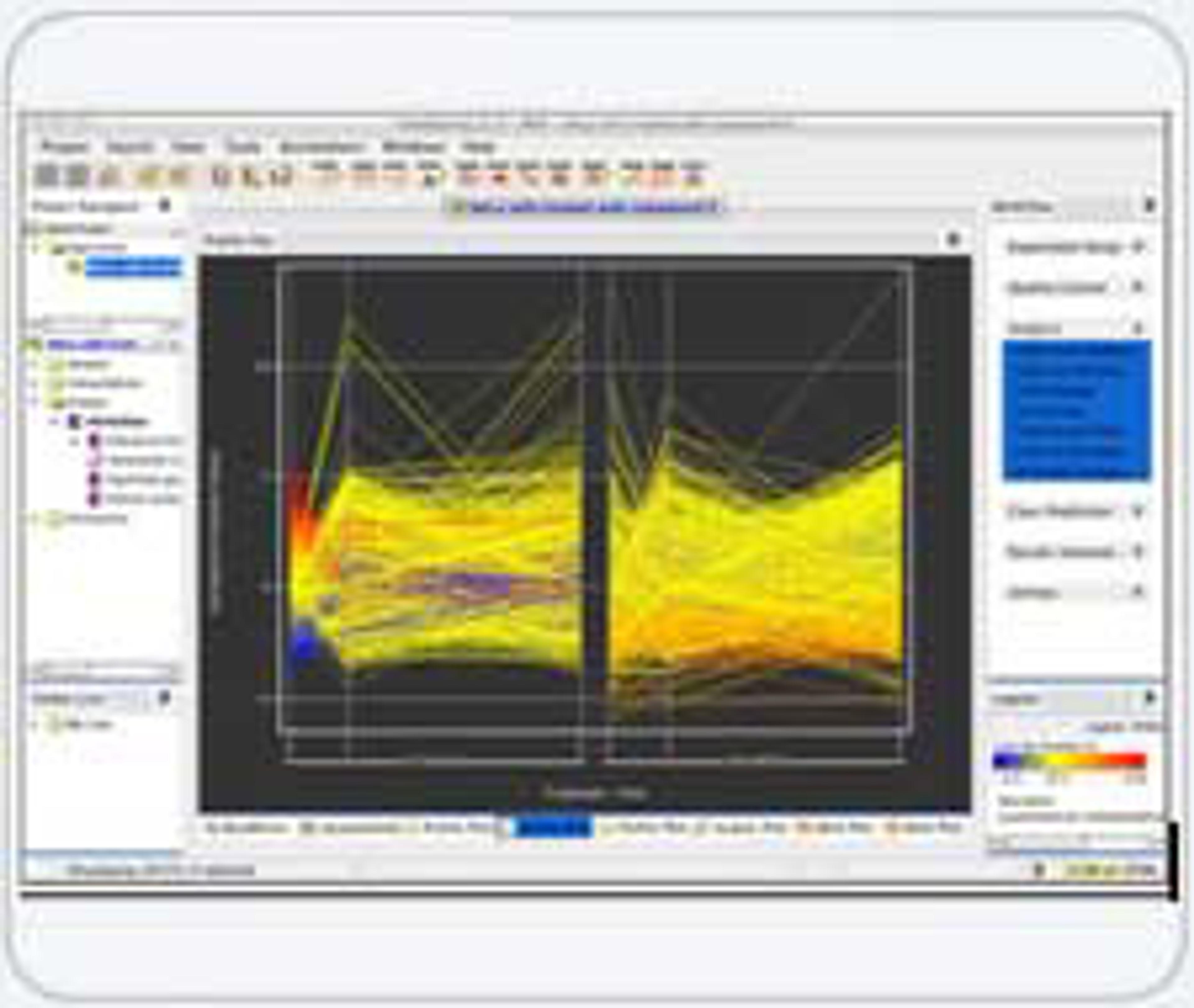Roundworms Used to Identify New Anti-Aging Compounds Among FDA-Approved Drugs
Collaborative project has successfully demonstrated that aging in nematodes is partially programmed and can be modified therapeutically
22 May 2019
Researchers from Gero, Skolkovo Institute of Science and Technology (Skoltech), Moscow Institute of Physics and Technology (MIPT), and University of Arkansas for Medical Sciences (UAMS) collaborated to derive a transcriptomic signature of aging, which they confirmed using large transcriptomic databases. They discovered that aging in nematodes is partially programmed and can be therapeutically reversed by a number of FDA-approved drugs.
C.elegans, a nonparasitic roundworm, is one of the most intensively studied animals on Earth. Its genome was the first to be sequenced among multicellular organisms; each and every one of its almost thousand cells has been characterized by biologists. These nematodes normally have a short lifespan of 15-25 days, which makes them a convenient model organism for aging studies. However, their lifespan can be extended almost ten-fold by introducing a mutation to a single gene. Details remained unanswered, as to how such a dramatic intervention affects gene expression and aging to achieve this extension, and whether it can be mimicked therapeutically, ideally with the drugs already approved for human use.
To answer this question, an international team of researchers led by Peter Fedichev, a founder of the longevity biotech startup Gero, acquired gene-activity data from nematodes with a wide variety of lifespans, at many ages across their lifespans. The UAMS researchers created the necessary strains (mutant worms in a constant, normal background) as well as normal, wild-type worms after suppression of selected target genes, and assessed their expression profiles at a range of adult ages. The Gero/Skoltech/MIPT scientists then leveraged machine learning techniques to analyze these experimental results and to compare them with earlier data available from public resources. The cost of the resulting dataset, named “MetaWorm”, is approaching $10 million and is a perfect example of scientific “data recycling”. Through analysis of the unique “MetaWorm” dataset, they confirmed and extended the pattern of transcriptomic shifts that accompany nematode aging.
“Our main concern was that aging in an extremely long-living worm might be totally different from that of normal, wild-type nematodes. In that case, the radical extension of lifespan would require complex interventions, and studies of animals with drastically slowed aging would not help us in our search for a truly effective anti-aging therapy”, explains Peter Fedichev, the principal investigator of the Gero/Skoltech/MIPT group.
It turned out that on the molecular level, the process of aging in nematodes always unfolds in the same way, and all the observed differences in lifespan appear to reflect changes in the rate of aging. The researchers proposed that similar effects should be achievable without genetic interventions. To test the hypothesis, the researchers employed the Connectivity Map (CMAP) created by scientists at the Broad Institute of MIT and Harvard. CMAP contains information about the effect of almost all available FDA-approved drugs on gene activity in human cells. The researchers looked for drugs that alter human gene expression in a way opposing the age-related changes observed for corresponding genes in nematodes.
From the 1309 drugs in the CMAP database, the researchers chose 10 candidates that appear to act on genes in the desired direction. Six of these drugs had been previously documented anti-aging potential, while 4 of the shortlisted drugs had never been studied before in that context. The experiment demonstrated that all these drugs slow down aging in nematodes, albeit to different degrees. The most efficient compound extended the nematode lifespan by 30%.
“This study resulted in several practical implications for aging research and the growing longevity industry. Firstly, we demonstrated that aging in nematodes is partially programmed and can be modified therapeutically. This might well hold true for other multicellular organisms, humans included. Secondly, we proposed a new method of searching life-extending compounds. The usual procedure involves laborious screening of large libraries of potential drugs. Unfortunately, even successful hits sometimes get missed by chance or due to non-optimal dosage. Our method allows for a targeted search of the compounds with the required activity, including FDA-approved drugs. The latter compounds have the advantage that they have already passed all the necessary clinical trials and can be used off-label as anti-aging drugs,” commented Andrei Tarkhov, Gero research scientist and a PhD candidate at Skolkovo Institute of Science and Technology.
Robert Shmookler Reis, leader of the UAMS team, emphasized how extraordinary these results were. “Previous studies of pharmacologically active compounds had found less than 1 out of 20 that were able to extend C. elegans lifespan, in striking contrast to our observation of life extension by 4 out of 4 drugs for which there were no previous aging data, selected only for transcriptomic signatures opposing those observed for aging of nematodes. This is remarkably compelling evidence that the expression profile of aging must be conserved from nematodes to humans and is likely to be fundamental to all animals.”
Want more science news straight to your inbox? Register as a SelectScience member for free today>>

